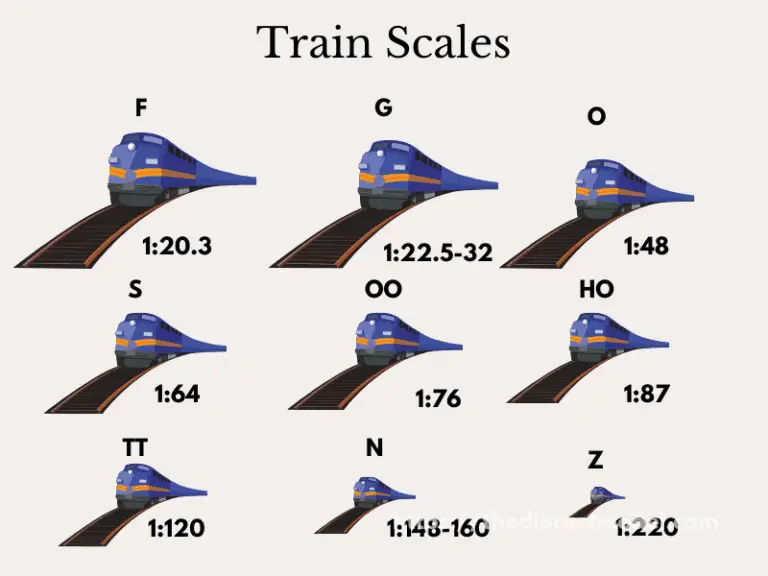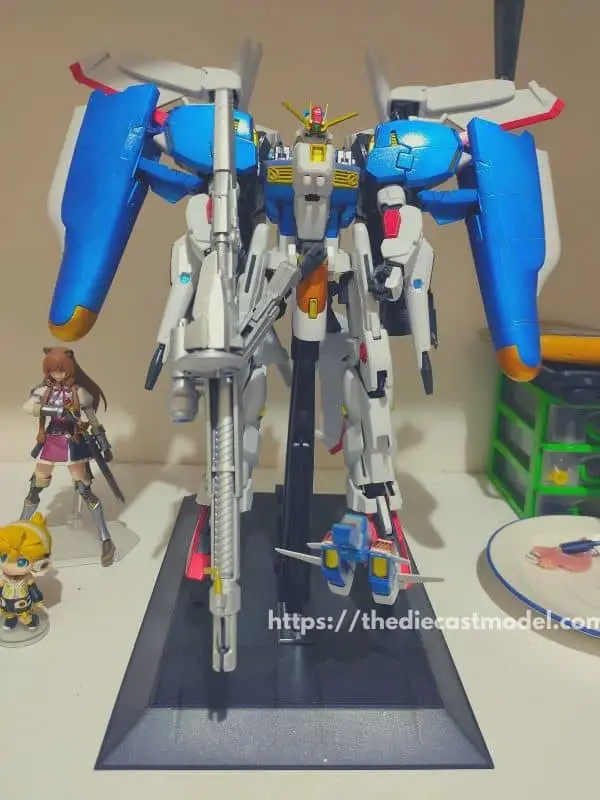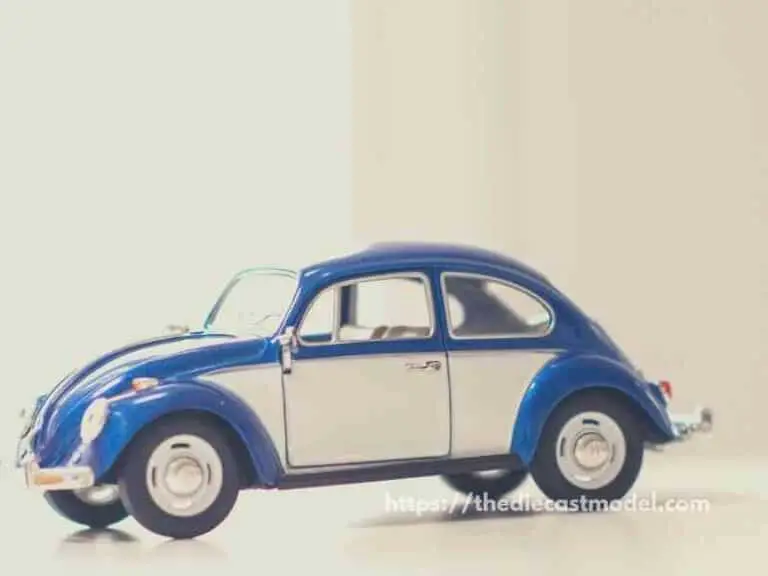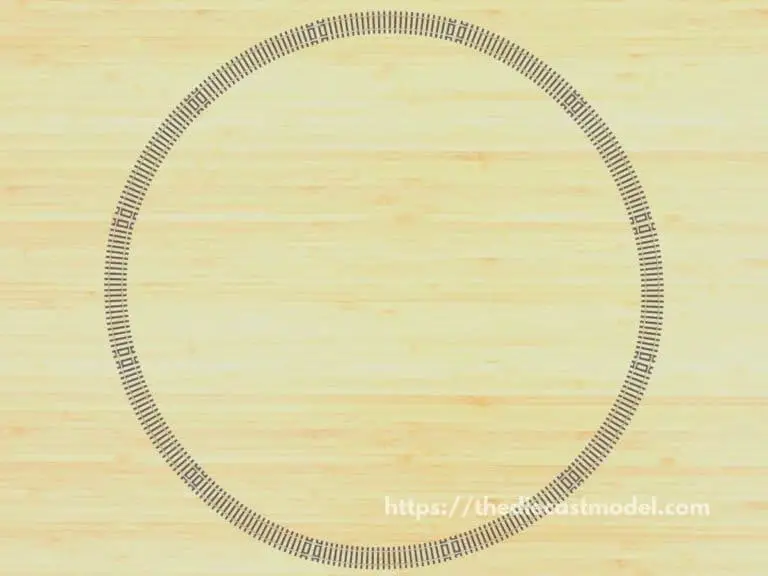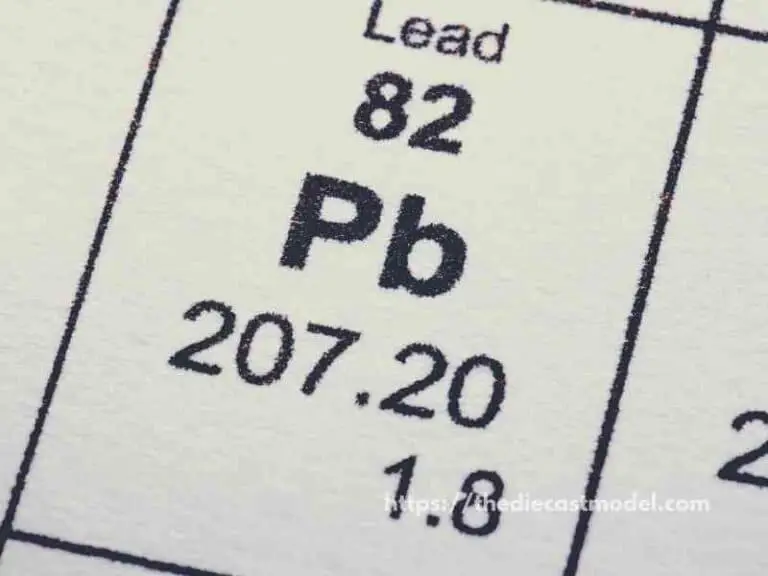DC vs. DCC: Difference and Which is Better?
When starting your first train set, you might come across the terms DC control, DCC ready, or DCC fitted. These are terms necessary to start railroad modeling. Unfortunately, these terms are what also confused me when beginning the hobby. So, I compiled everything I learned about DC and DCC in this post.
The difference between DC and DCC is that DC is simpler than DCC. Generally speaking, DC is simpler and cheaper compared to DCC. On the other hand, DCC allows more functionalities and control such as whistles, bells, smokes, and controlling rail switches. This makes DC recommended for simple layouts and DCC for complex layouts.
After reading this post, you will learn the differences between DC and DCC, which one is better? What’s their difference? What’s their mechanism of action? Which one suits you best? Can you switch from DC to DCC or vice versa? Let’s start.
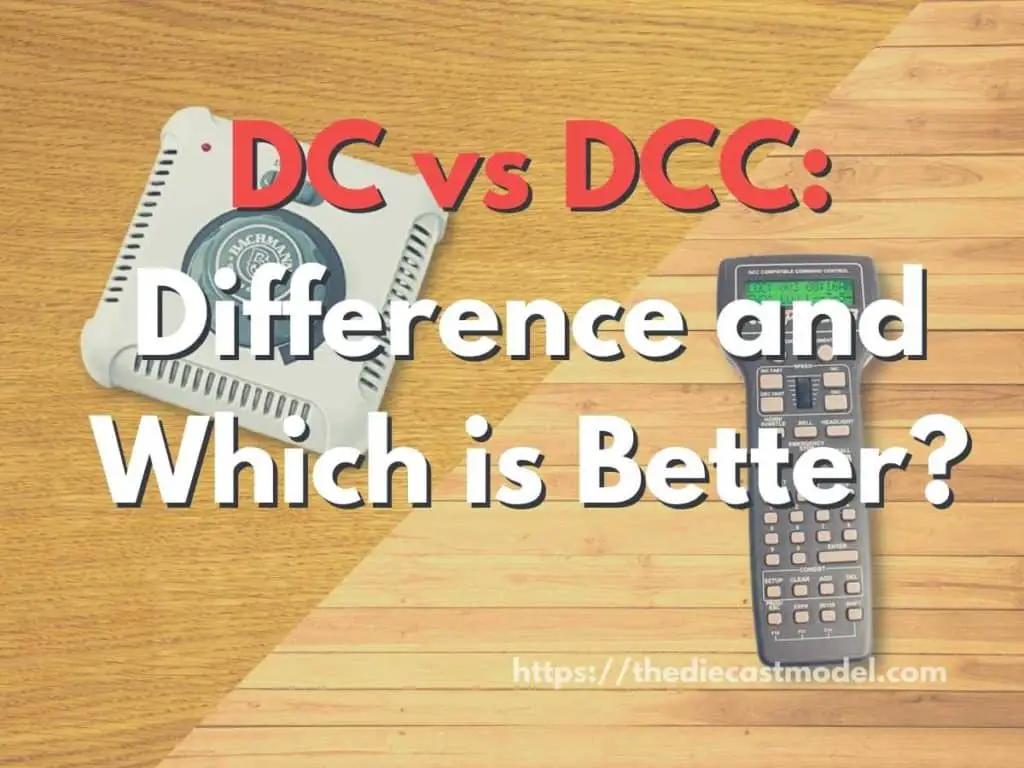
What’s the difference Between DC and DCC?
| DC | DCC | |
| Name | Direct Current | Digital Command Control |
| Power | Direct Current | Alternating Current |
| Other Name | Analog Controller | Digital Controller |
| Accessories | Lights | Lights, Sounds, Rail Switch |
| Complexity on Simple Track | Less Complex | More Complex |
| Complexity on Complicated Track | More Complex | Less Complex |
| Wiring | Less Complex on Simple Layouts | Less Complex on Larger Layouts |
| Price | Cheap | Expensive |
As you can see in the table summary above, there are many differences between DC and DCC. However, there are also similarities.
Their similarity is that both DC and DCC are run using electricity. This means you run them by plugging the rails into an electric socket.
This is important since, while rare, there are model trains that use diesel for running.
Second, both of them are controllers, which means they are the ones that modelers adjust to control the model train’s speed and direction.
To start, let’s first define each of them to keep us on the same page.
DC is also known as the Direct Current Control. Other modelers call this the analog control due to its simplicity. Basically, DC uses DC voltage from 0-12 volts, with the 12 volts being the strongest and fastest.
This means the more voltage you put in the analog, the faster the train.
DC generally has two options which are the voltage and the direction.
So, the more voltage, the faster the train will be.
Because of its simplicity, DC is often used by beginners.
DCC is also known as the Digital Command Control. Other modelers call this the digital control since it uses the decoder chip.
This comes with multiple advantages.
First, while DC uses direct current to control the train, DCC generally uses AC or alternate current for running the train.
Second, DCC can independently run accessories such as sounds and lights even if the train isn’t moving.
Third, running multiple trains on the same track is easier with DCC than DC.
The fourth is since DCC is digital, you can control the train using your phone or computer with JMRI or Java Model Railroad Interface.
One thing to note is that DC and DCC can run on the same track.
You do not need a special track for DCC. This is because they use the same track with the same purpose, which is to supply electricity. So the only things you need to run DCC are the decoder, DCC controller, and a DCC ready or fitted locomotive.
This is important since some modelers like me started with DC and moved to DCC once the layout became more complex.
We will talk about that in the next section but for now, let’s talk about some of the common terms you’ll find when talking about DC and DCC.
Two of the most common terms you’ll hear are DCC ready and DCC fitted.
DCC ready means that the locomotive has a slot for a decoder inside. This means the train can run on DC and DCC. Putting a decoder inside the train will turn it into DCC, and not putting anything can make it run on DC.
DCC fitted means that the locomotive has a slot and a decoder inside. This means you can run the train on DCC controls without buying additional decoders.
Most modern train models are either DCC ready or DCC fitted. However, many old models don’t have slots for decoders. These models can only run on DC except if you add some slots which aren’t worth the effort.
In the next section, we will talk about which among the two is better. We will also talk about their mechanism, so you’ll understand how they work.
Is DCC better than DC?
DCC is better than DC if used on complex layouts. This is because DCC requires fewer wirings and equipment to control multiple locomotives and accessories. However, DCC is generally more expensive than DC. Thus, DC is better than DCC on simpler layouts since it is cheaper and easier to control.
Before starting to know which is better, we first have to review their mechanism of action.
DC works by adjusting the voltage to control the speed of the train. This means DC controls only need two things which are speed and direction.
Furthermore, DC is cheaper since you don’t need to buy decoders. Thus, it is ideal on simple layouts where you only have 1 train to control.
However, DC will equally control those trains when you start using two or more trains. This means there is no independence on the trains.
When putting two or more trains, they will all move in the same direction using a DC controller.
This means you can’t control only one train since all of them will move simultaneously.
However, older modelers are used to DC since DCC only came about 2 decades ago. Therefore, it is still possible to run multiple trains in DC. However, it requires more equipment such as insulated rail joiners, selector switches, power packs, and wiring.
Here is an illustration of how DC works on complex layouts.
As you can see, on a complex layout, DC control needs separate insulated rail joiners and wirings, making it not just complicated but more expensive than using DCC.
Instead of buying multiple rail joiners, selector switches, power packs, and wiring, you can switch to DCC, and you will only need decoders to do the job.
Buying many rail joiners, selector switches, power packs, and wiring not only could pile up the cost but also needs more work to operate. That’s why on more complex layouts, DCC is better.
While DC is cheaper when starting your railroad modeling, DCC will get cheaper once you have a larger layout.
Furthermore, most DCC controllers can control up to 5 locomotives simultaneously and handle more if you add some boosters.
Which is better depends on your preference. If you will only make a simple layout with one train running on the track, then DC is better since it is cheaper and easier to operate. However, when controlling two or more trains, DCC will be better since DC is more complicated and expensive on complex layouts.
Lastly, if you’re into accessories such as sounds and lighting, DCC will be better since you can run them even if the train is not moving. In DCC, the light only appears when the train is running, and the lights get stronger the faster the train goes.
Can DCC run DC?
Generally speaking, DCC can run on DC since manufacturers set the decoders inside the DCC to run on DC by default, except if controlled by a DCC controller. Furthermore, DCC and DC have the same tracks so running a DCC locomotive in DC is easy.
Now that you understand the mechanisms behind DCC and DC and which is better for you, we will discuss if DCC can run on DC.
The truth is, DCC can run on DC since manufacturers set the decoders inside DCC locomotives to run on DC except if a DCC controller controls it.
This means you can get a DCC locomotive and control it in a DC controller.
However, DC locomotives can’t run on DCC except if the pin and decoder are installed.
Thus, getting a DC-only locomotive can make it hard to switch in the future if you decide it’s time to upgrade to DCC.
Suppose you are going to buy a model, it is advisable to get a DCC ready, or DCC fitted locomotive so it will be easier to switch in the future.
However, what if you already have a DC-only train. Can it be converted to DCC? Let’s find out in the next section.
Can DC trains be converted to DCC?
DC trains can be converted to DCC by adding a decoder if DCC-ready or adding both the decoder and the DCC pin jacks inside the locomotive. Generally speaking, DCC-ready trains can easily be converted to DC because it only needs a decoder.
DC trains can be divided into two, which are the DCC ready and the DC only trains.
As discussed earlier, DCC ready means that the train already has a slot for a decoder inside. This means it is easy to convert the train into DCC since you only need to put a decoder.
However, for DC-only trains, it can be harder since you need to get a decoder and a pin connector inside to make it run on DCC.
That’s why getting a DCC-ready or fitted train is recommended so it will be easier to upgrade in the future.
After all, it is cheaper to buy DCC-ready locomotives than hiring someone to convert a DC-only locomotive to DCC.
What’s next? Earlier, I talked about running two or more trains on the same track. I have an in-depth guide on running 2 or more trains in a single layout. In there, you will learn how to do it both on DC and DCC. Check it out here: Can you run two model trains on the same track?

